Home>Gardening & Outdoor>Landscaping Ideas>When Is It Too Cold To Plant Grass Seed
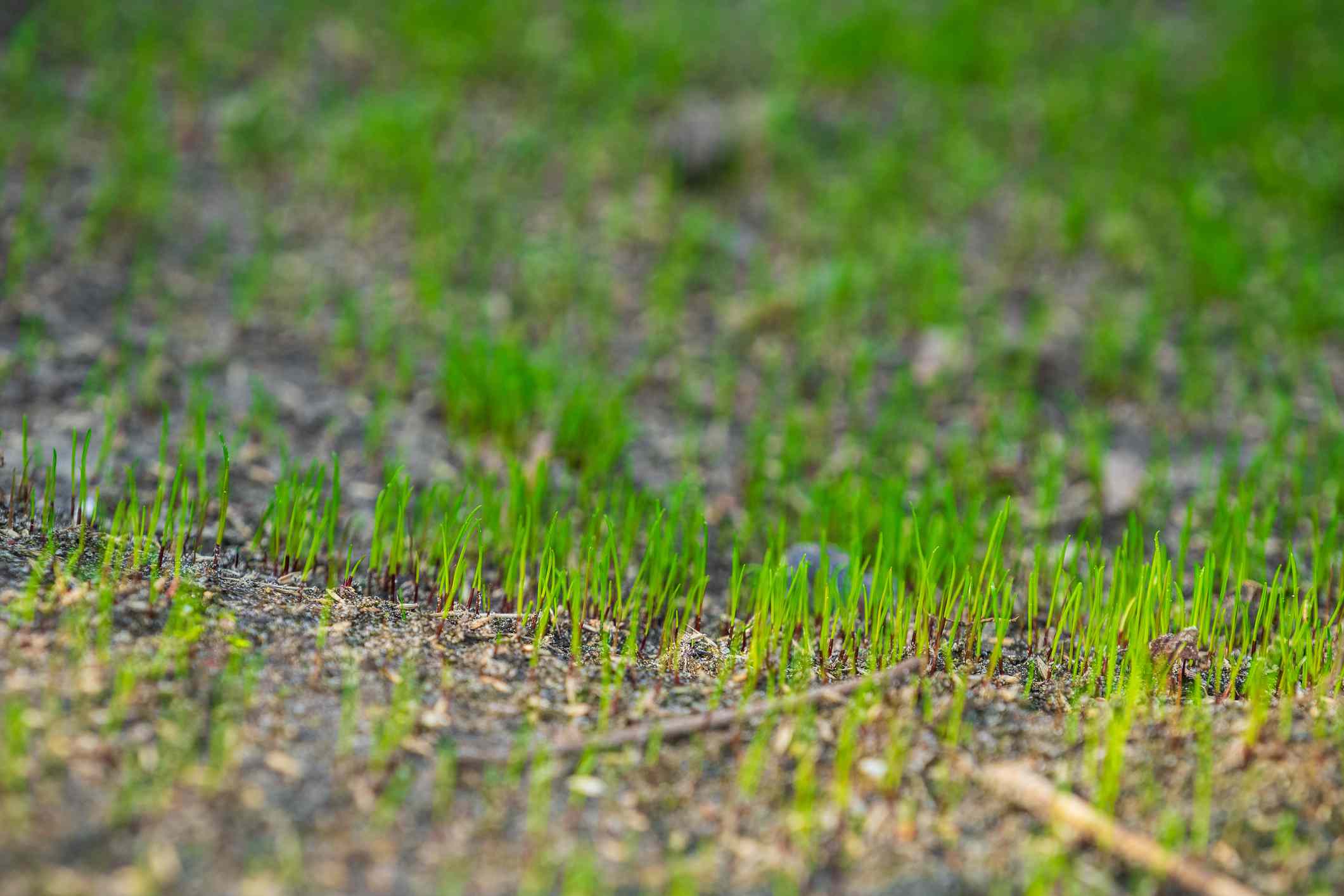

Landscaping Ideas
When Is It Too Cold To Plant Grass Seed
Modified: October 18, 2024
Find out when it's too cold to plant grass seed and get expert landscaping ideas for optimal growth. Don't let the weather hinder your lawn's potential!
(Many of the links in this article redirect to a specific reviewed product. Your purchase of these products through affiliate links helps to generate commission for Storables.com, at no extra cost. Learn more)
Introduction
Planting grass seed is an exciting endeavor for any homeowner looking to cultivate a lush, verdant lawn. However, determining the optimal time to sow grass seed can be a critical factor in the success of your lawn. One of the most common concerns is the impact of cold weather on the germination and establishment of grass seed. Understanding the effects of temperature on grass seed germination is essential for ensuring a healthy and vibrant lawn.
In this comprehensive guide, we will explore the factors to consider when deciding when to plant grass seed, the optimal temperature for successful germination, the effects of planting grass seed in cold weather, and the best practices to follow when planting grass seed in chilly conditions. By the end of this article, you will have a clear understanding of when it is too cold to plant grass seed and how to navigate the challenges of cold weather to achieve a thriving lawn.
Key Takeaways:
- Planting grass seed in cold weather can lead to delayed germination, poor growth, and potential weed competition. Choosing the right grass seed variety and closely monitoring soil temperature are crucial for success.
- To overcome the challenges of cold-weather seeding, homeowners should prepare the soil, provide adequate moisture, and protect seedlings. With proactive planning and attentive care, a vibrant and resilient lawn can thrive even in chilly conditions.
Read more: How Cold Is Too Cold To Plant Grass Seed
Factors to Consider
Before embarking on the journey of planting grass seed, it’s crucial to consider several factors that can influence the success of your lawn. Understanding these variables will help you make informed decisions and set the stage for optimal germination and growth.
- Grass Seed Variety: Different grass species have varying temperature requirements for germination. Cool-season grasses such as Kentucky bluegrass and fescue thrive in cooler temperatures, while warm-season grasses like Bermuda grass prefer warmer conditions. Selecting the right grass seed variety for your climate is essential for successful establishment.
- Local Climate: The climate in your region plays a significant role in determining the suitable time for planting grass seed. Understanding the average temperature patterns, frost dates, and seasonal fluctuations will help you identify the best window for sowing grass seed.
- Soil Temperature: Soil temperature is a critical factor in grass seed germination. While air temperatures may fluctuate, soil temperature changes more gradually. Monitoring soil temperature at the seeding depth (typically 1-2 inches) provides valuable insights into whether the conditions are conducive for germination.
- Weather Forecast: Keeping an eye on the weather forecast is essential when planning to plant grass seed. Sudden temperature drops, frost, or prolonged cold spells can adversely affect the germination and early growth of grass seed. It’s advisable to choose a time when the weather is relatively stable and favorable for seedling establishment.
- Shade and Sunlight: The amount of sunlight and shade in your lawn area can impact soil and air temperatures. Shaded areas tend to be cooler and may require different considerations than sunny spots. Understanding the microclimates within your lawn will help you make informed decisions about planting grass seed.
Considering these factors will provide a solid foundation for determining the most suitable time to plant grass seed, taking into account the unique characteristics of your lawn and local environment.
Optimal Temperature for Planting Grass Seed
Understanding the optimal temperature conditions for planting grass seed is crucial for ensuring successful germination and establishment. Different grass species have specific temperature requirements, and knowing these thresholds can significantly impact the outcomes of your seeding efforts.
For cool-season grasses such as Kentucky bluegrass, perennial ryegrass, and fescue, the ideal soil temperature for germination ranges between 50°F and 65°F (10°C to 18°C). These grasses thrive in cooler conditions and exhibit robust germination rates within this temperature range. However, it’s important to note that germination can occur at lower temperatures, but the process may be slower and less consistent.
Warm-season grasses like Bermuda grass, Zoysia grass, and Bahia grass have higher temperature requirements for optimal germination. These grasses typically perform best when soil temperatures range from 65°F to 70°F (18°C to 21°C) or higher. Planting warm-season grass seed in colder soil may lead to delayed germination or poor establishment, potentially compromising the overall success of the lawn.
Monitoring soil temperature using a soil thermometer is a practical way to assess whether the conditions are suitable for planting grass seed. It’s essential to measure the temperature at the seeding depth, as surface temperatures can fluctuate more widely than those at lower depths. By ensuring that the soil temperature aligns with the requirements of the chosen grass species, you can maximize the chances of successful germination and early growth.
When considering air temperature, it’s important to bear in mind that soil temperature lags behind air temperature changes. Therefore, even if the air temperature reaches the optimal range, the soil may take some time to follow suit. This delay should be factored into your decision-making process when planning to plant grass seed.
By understanding the optimal temperature ranges for different grass species and monitoring soil temperature closely, you can make informed choices about the timing of grass seed planting, setting the stage for a healthy and resilient lawn.
It is too cold to plant grass seed when the soil temperature is consistently below 50°F. Use a soil thermometer to check the temperature before planting to ensure optimal germination and growth.
Effects of Planting Grass Seed in Cold Weather
Planting grass seed in cold weather can have various effects on the germination, establishment, and overall success of your lawn. Understanding these effects is essential for anticipating potential challenges and mitigating risks associated with cold-weather seeding.
Delayed Germination: Cold soil temperatures can significantly slow down the germination process of grass seed. Seeds may take longer to sprout, and the emergence of seedlings could be delayed compared to planting in optimal conditions. This delay may prolong the establishment phase of the lawn, leaving it vulnerable to potential issues.
Poor Germination Rates: In colder soil, the germination rates of grass seed may be lower and less consistent. Some seeds may struggle to germinate at all, leading to uneven growth and patchy areas in the lawn. This can affect the overall uniformity and visual appeal of the grass coverage.
Vulnerable Seedlings: Seedlings that do emerge in cold weather may face increased vulnerability to stressors such as frost, temperature fluctuations, and limited sunlight. These factors can hinder the early growth and development of the seedlings, potentially impacting their long-term viability.
Weed Competition: Cold-weather seeding may create opportunities for weed competition, as the delayed germination and establishment of grass seed can leave bare patches in the soil. Weeds may take advantage of these bare areas and establish themselves before the grass seedlings have a chance to fill in the spaces, leading to potential weed infestations.
Extended Establishment Period: Planting grass seed in cold weather may prolong the overall establishment period of the lawn. With slower germination and growth rates, the time it takes for the lawn to reach full coverage and density may be extended, requiring additional attention and maintenance to support the developing grass.
While these effects highlight the challenges associated with planting grass seed in cold weather, it’s important to note that successful establishment is still achievable with careful planning and proactive measures. By understanding the potential implications of cold-weather seeding, you can implement strategies to mitigate these effects and maximize the chances of a healthy and thriving lawn.
Best Practices for Planting Grass Seed in Cold Weather
While planting grass seed in cold weather presents challenges, implementing best practices can help optimize the chances of successful germination and establishment. By following these guidelines, you can navigate the complexities of cold-weather seeding and set the stage for a resilient and healthy lawn.
- Choose the Right Grass Seed: Selecting a cold-tolerant grass seed variety is crucial for cold-weather planting. Look for cool-season grasses that are known for their ability to germinate and thrive in lower temperatures, such as Kentucky bluegrass, fescue, or perennial ryegrass.
- Prepare the Soil: Ensure that the soil is adequately prepared before planting grass seed. Clear the area of debris, loosen the soil to improve aeration, and amend it with organic matter to enhance moisture retention. Well-prepared soil provides an optimal environment for seed germination and root development.
- Monitor Soil Temperature: Use a soil thermometer to regularly monitor soil temperature at the seeding depth. Wait until the soil temperature consistently reaches the lower end of the optimal range for your chosen grass species before planting the seed. This helps ensure that the conditions are favorable for germination.
- Provide Adequate Watering: While cold weather may bring natural moisture, it’s essential to supplement with watering as needed. Ensure that the soil remains consistently moist but not waterlogged to support seed germination and early growth. Pay attention to any dry spells or fluctuations in precipitation and adjust your watering regimen accordingly.
- Protect Seedlings: Consider using protective coverings such as straw or biodegradable erosion control blankets to shield the seeded area from extreme cold, wind, and potential frost. These coverings can help maintain soil moisture, provide insulation, and protect emerging seedlings from adverse weather conditions.
- Monitor and Adjust: Regularly monitor the seeded area for any signs of growth, soil moisture levels, and potential issues. Adjust your maintenance practices based on the observed conditions, making necessary modifications to support the healthy development of the grass seedlings.
By adhering to these best practices, you can enhance the likelihood of successful grass seed germination and establishment in cold weather. While the challenges of cold-weather seeding are significant, proactive planning and attentive care can lead to a vibrant and resilient lawn, even in chilly conditions.
Read more: When Is It Too Cold To Cut Grass
Conclusion
Planting grass seed in cold weather presents unique considerations and challenges, but with careful planning and strategic implementation, it is possible to achieve successful germination and establishment. Understanding the optimal temperature ranges for different grass species, assessing the effects of cold weather on seedling development, and following best practices are essential steps in navigating the complexities of cold-weather seeding.
By considering factors such as grass seed variety, local climate, soil temperature, and weather forecasts, homeowners can make informed decisions about the timing of grass seed planting. Monitoring soil temperature, providing adequate moisture, and protecting seedlings from adverse conditions are crucial elements in supporting the early growth and development of the grass seed.
While cold weather may pose challenges such as delayed germination, potential weed competition, and extended establishment periods, homeowners can take proactive measures to mitigate these effects. Choosing cold-tolerant grass seed varieties, preparing the soil effectively, and closely monitoring the seeded area are integral components of successful cold-weather seeding.
Ultimately, the resilience and health of the lawn depend on the care and attention invested during the early stages of grass seed establishment. By embracing the best practices outlined in this guide and adapting them to the specific conditions of your lawn, you can overcome the obstacles of cold weather and nurture a vibrant, lush lawn that thrives throughout the seasons.
With a comprehensive understanding of the impacts of cold weather on grass seed planting and a strategic approach to cold-weather seeding, homeowners can embark on their lawn care journey with confidence, knowing that they are equipped to achieve a thriving and resilient lawn, even in the face of chilly temperatures.
Frequently Asked Questions about When Is It Too Cold To Plant Grass Seed
Was this page helpful?
At Storables.com, we guarantee accurate and reliable information. Our content, validated by Expert Board Contributors, is crafted following stringent Editorial Policies. We're committed to providing you with well-researched, expert-backed insights for all your informational needs.
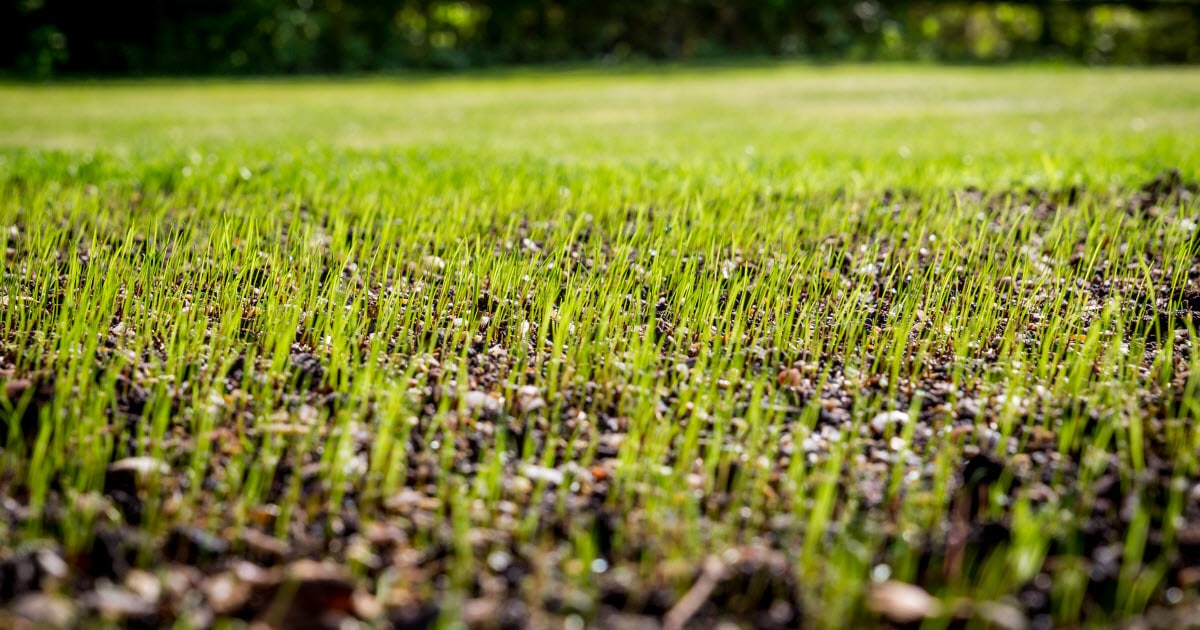
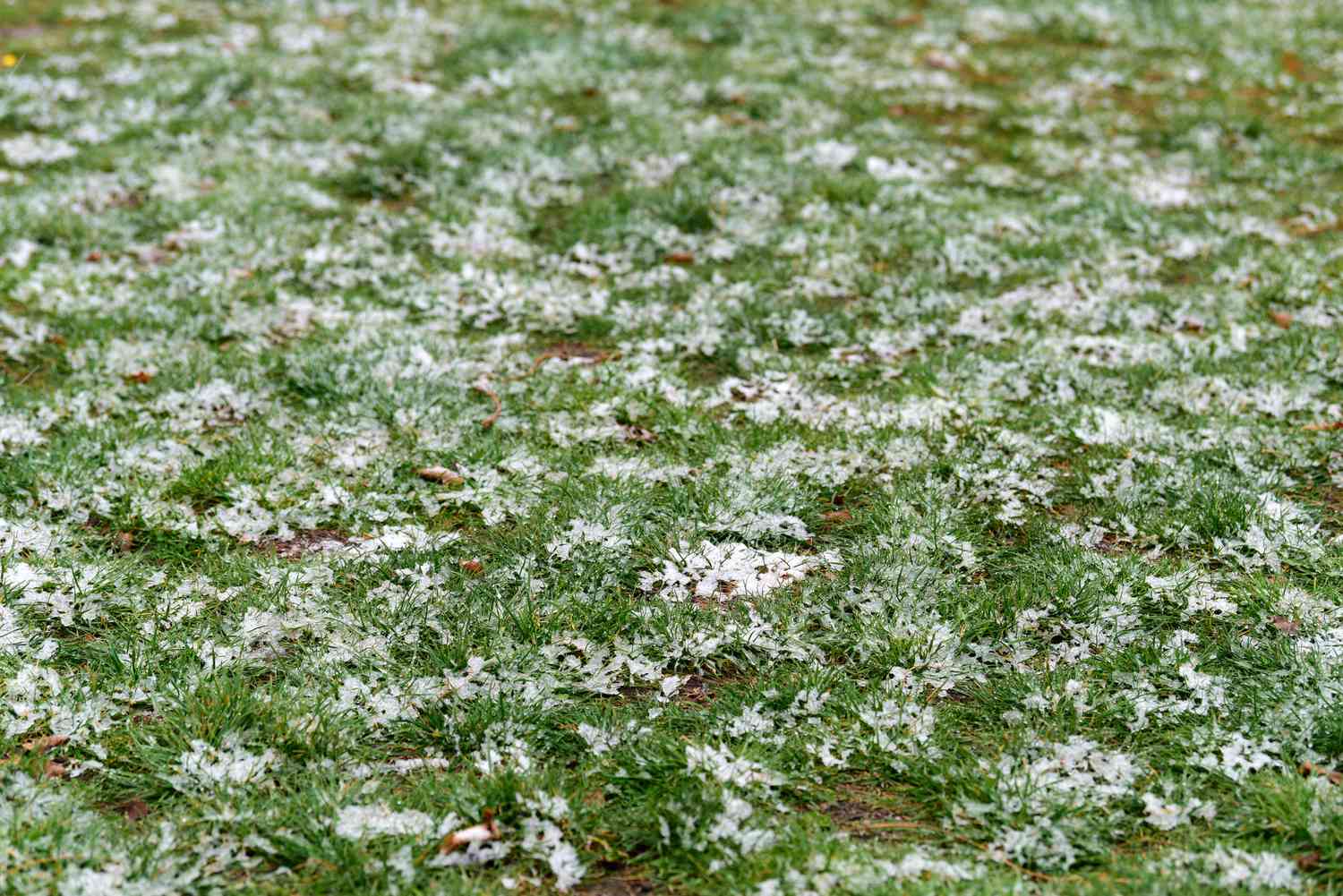
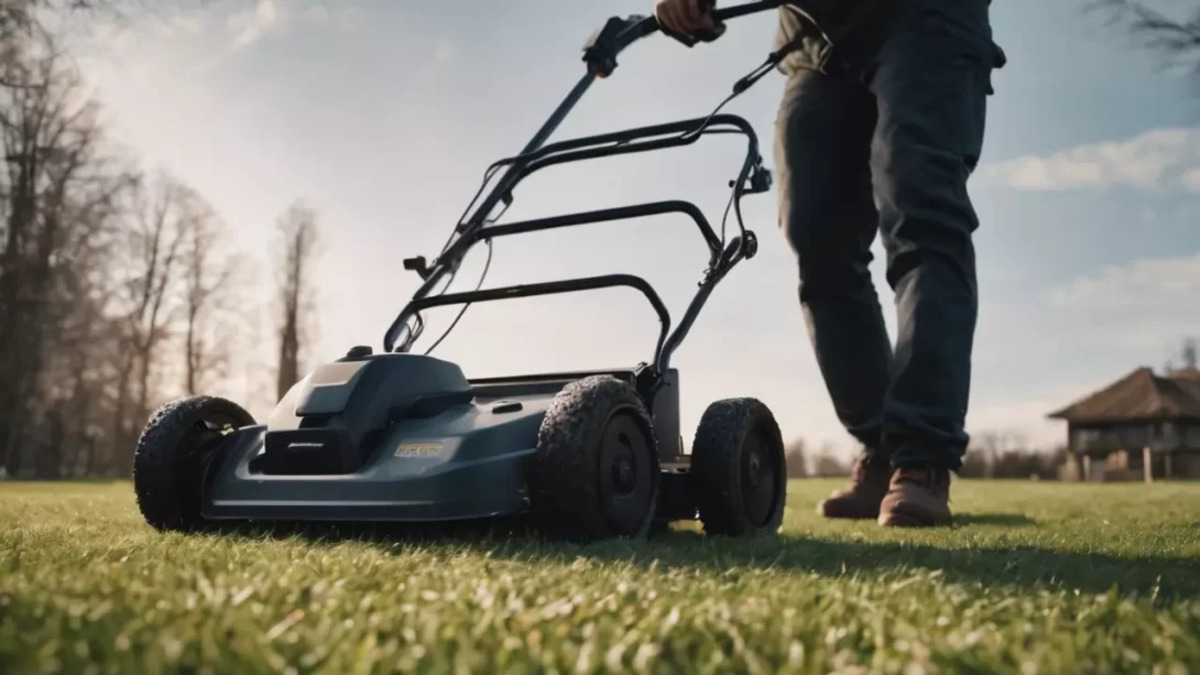

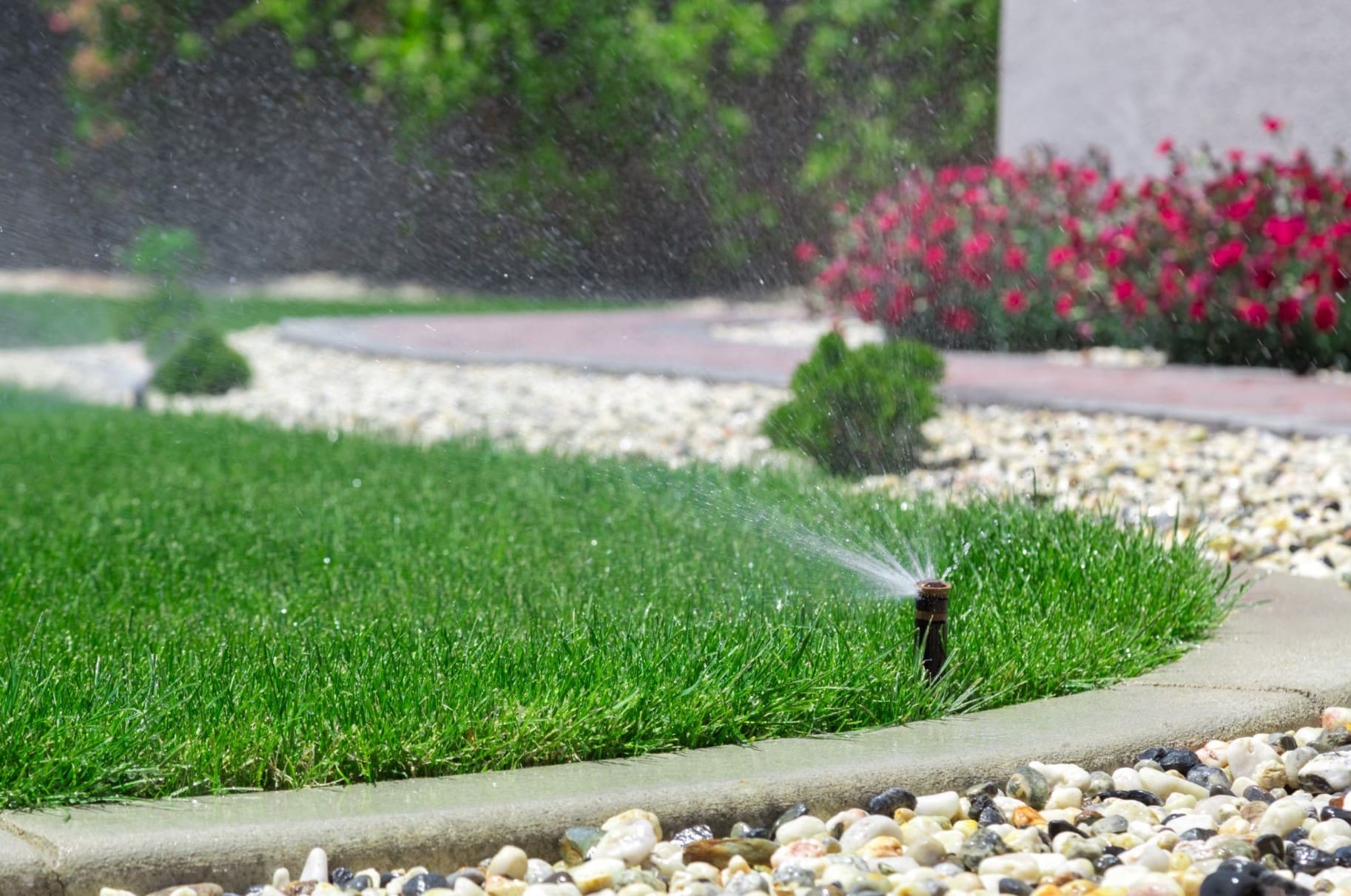

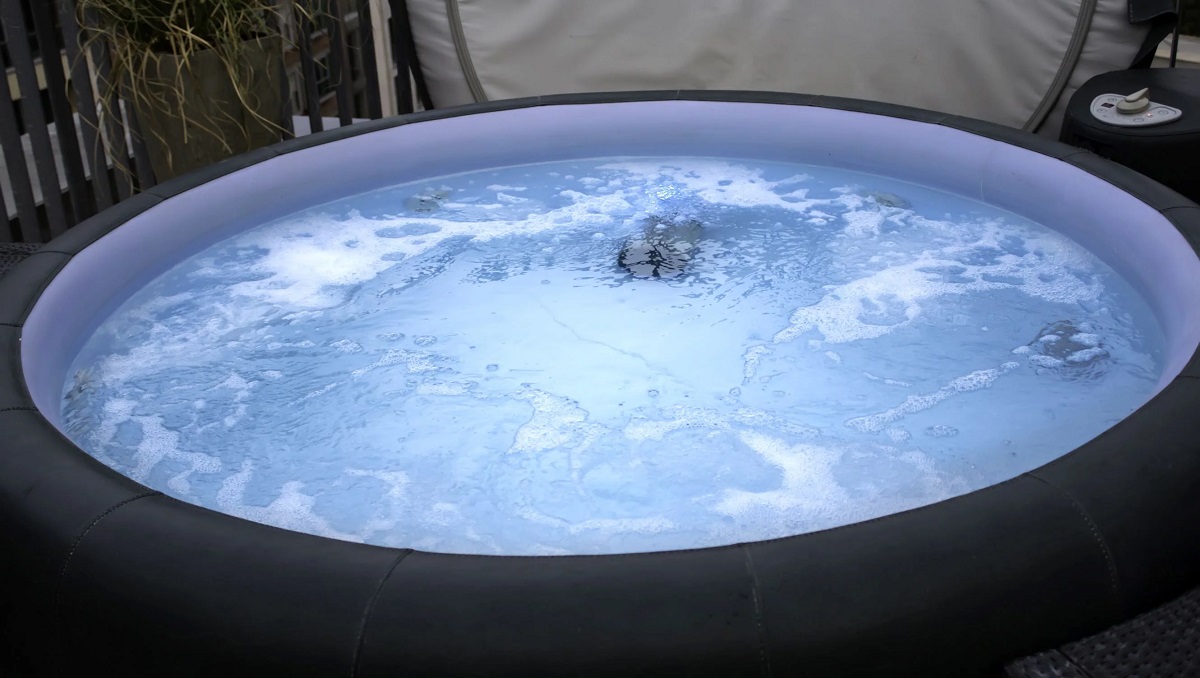

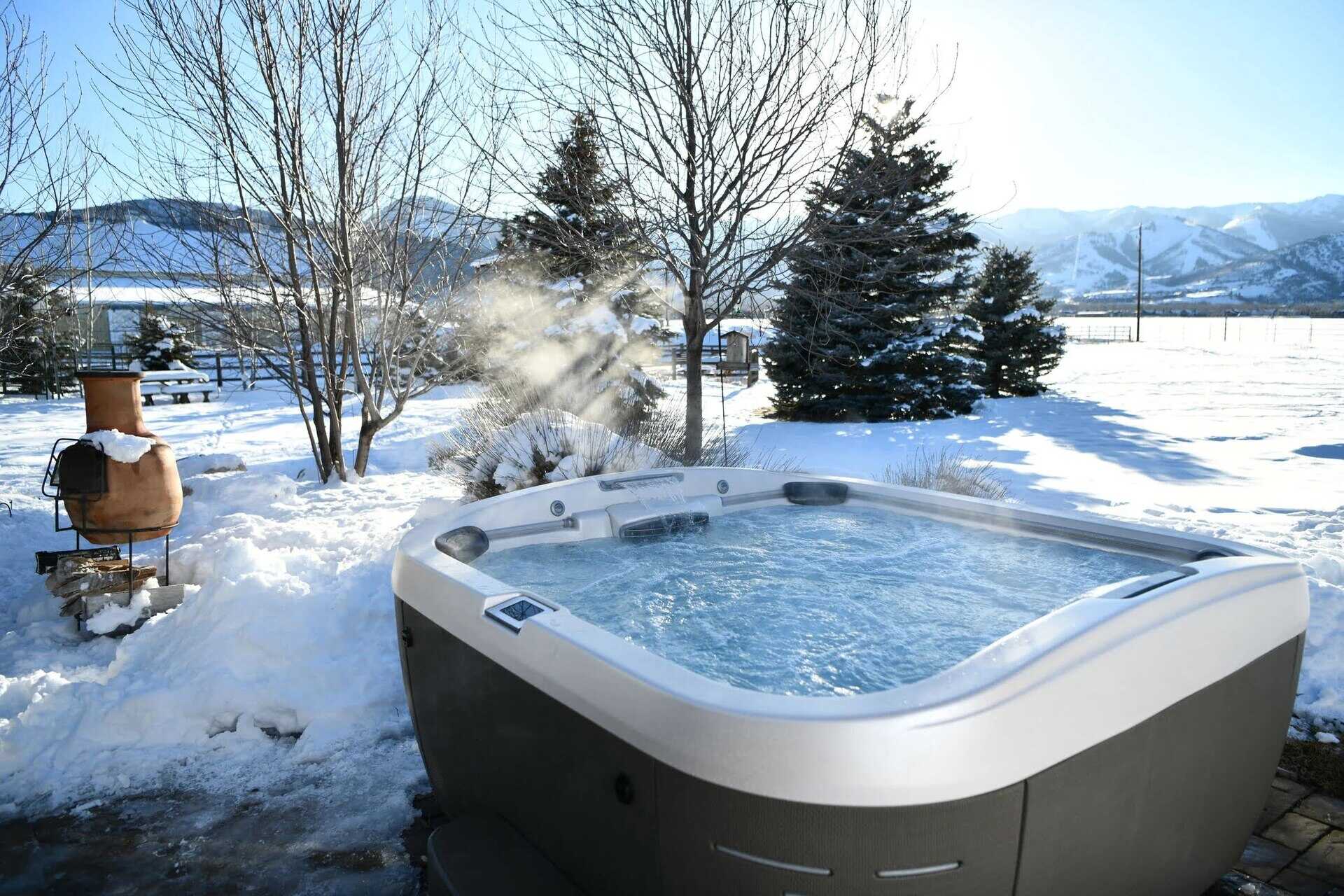






0 thoughts on “When Is It Too Cold To Plant Grass Seed”